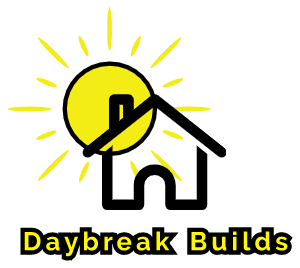Serving The Springfield MO and surrounding areas
Repairs
Tuckpointing
Rebuilds
Inserts
Caps
Liners and more..
Chimney Repair Process
IDEAL OUTCOME
Sometimes rebuilding a chimney section is better than patching and repointing for multiple reasons: Tuckpointing can be time consuming process and hazardous for both of us and you, especially on older houses, subsequently rebuilding would allow us to be time effective get us out of the job site in a timely manner, as well as , giving you a brand new chimney at a good cost while you do not have to worry about your chimney for many years to come along with a safe and well functioning unit.
This video below shows an example
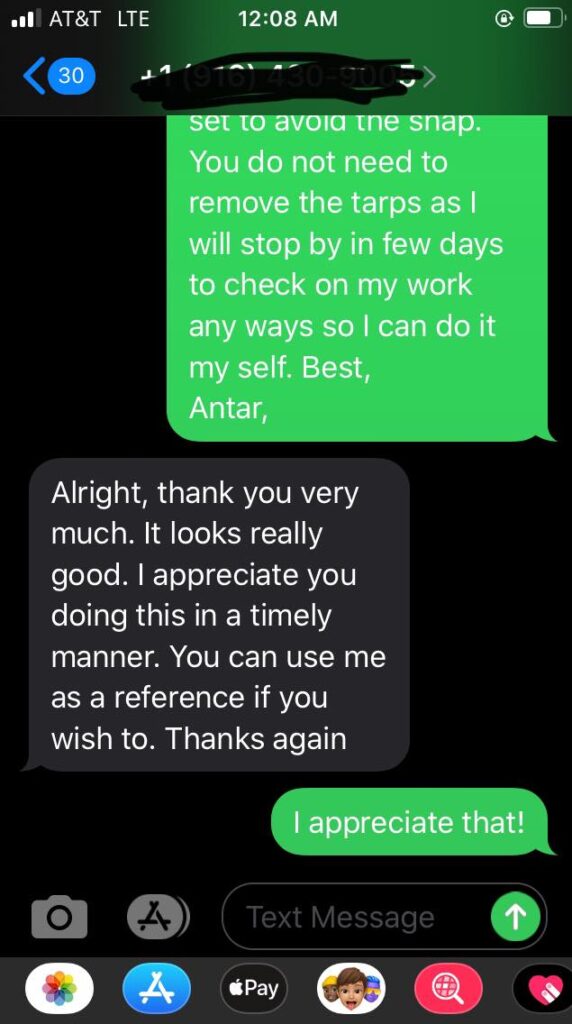
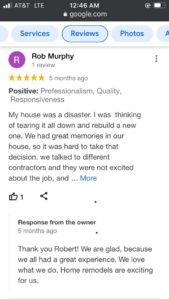
Before & After Chimeny Repairs
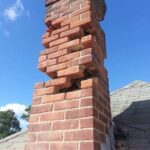

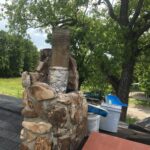

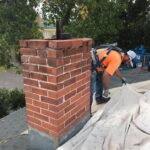
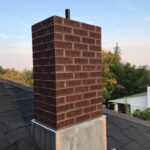
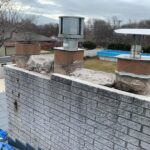
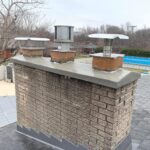




Trusted by Hundreds
Prices
Our lowest chimney repair cost was $400, and our highest price we charged for a chimney repair job was 9k as it was a complex process.
For a complete pricing list, send us more details or give us a call and we will be able to determine your project cost and to provide you with accurate numbers.
Consultation
Over the phone consultation; Free and all you questions will be answered
Onsite consultation; $99 including a unit( ex; chimney) inspection
( This will be deducted from your total when we do the job)
Contract & Completion
The contract is basically an agreement that will determine the timeline, scope of work and payment.
You will know exactly what is going to happen in details.
Enjoy
Once we are done, you will enjoy your property with a safe and sound unit.
After all, our home is our biggest asset, so we are meant to enjoy it.
Why inspect chimneys
The Purpose of a
Chimney Inspection is to:
·
Assure chimney
integrity for all fuels: oil, gas, wood or coal.
·
Check for injuries and
voids that may allow exhaust into the home. These conditions often can only be
discovered by inspection.
·
Catch problems before
they cause expensive trouble.
·
Provide peace of mind.
·
Note flammable
creosote which builds up on the walls of the chimney with use and recommend
appropriate cleaning method.
·
Alert you to evidence
of water penetration. Rainwater penetration damage is a major cause of chimney
deterioration.
Preventive maintenance
is always more cost-effective than making repairs that could have been avoided.
Annual inspections are critical for regularly used chimneys. Even if used
occasionally, a chimney system should be routinely inspected and cleaned, if
necessary. The importance of regular chimney maintenance is emphasized by the
NFPA. This nonprofit organization, dedicated solely to fire prevention, states:
Chimneys, fireplaces and vents shall be
inspected at least once a year for soundness, freedom from deposits, and correct
clearances. Cleaning, maintenance, and repairs shall be done if necessary.
Three levels of inspection
Level I
General scope of service provided:
- Visually inspect the
- Basic condition of the chimney and flue with mirrors.
- Visually inspect for combustible deposits or blockage in flue with mirrors.
Required access:
- Areas to be checked are the accessible areas of the appliance and connector without removal of unit.
- Readily accessible areas of the chimney interior and exterior.
- Accessible portions of the appliance and chimney connector without removal.
The occasion in which this service is required:
- Annually, during routine chimney sweeping
- At manufacturer’s recommendation per cord burned.
- Upon replacement of connected appliance with a similar unit.
Indications
- When verification of serviceability for use under present conditions is needed.
Level II
General scope of service provided:
- Level I inspection and:
- Inspection of all accessible portions of the chimney structure and all enclosed flues, including size and suitability of flues with Chim-scan.
- A confirmation of all proper clearances to combustibles in Accessible areas are being met in accordance with NFPA211 guidelines.
Required access:
- All accessible areas, interior and exterior, including parts of the chimney passing thru crawl spaces and attics
- Shall include video scan or other means of flue interior visual inspection.
The occasions in which this service is required:
- When adding / removing an appliance; replacing an appliance with a different type of fuel.
- After an event likely to cause damage & before relining.
- Upon real estate sale or transfer.
Indications:
- Verification of chimney serviceabilityfor continued service under changing conditions.
- When a Level Iinspection is inadequate.
Level III
General scope of service provided:
- A Level II Inspection and:
- Concealed areas of the chimney structure and enclosed flues. This will usually include demolition of the existing fireplace i.e., sheetrock removal, tile or finish material removal.
- Clearances from combustibles in unexposed or hidden areas.
Required Access:
- Designated parts of the chimney structure and the building, including concealed areas.
- Removal of parts of the chimney or building as needed to gain access to specific concealed areas
- The occasions in which this service is required:
- As needed to examine damage to the chimney or building.
- When a lower level inspection results in a detected or suspected hazard that can’t be checked without access to concealed areas.
Indications:
- When knowledge of the condition of the chimney is critical to the renewed or continued use of the chimney.
Required only for areas of concern that can’t be properly evaluated by lower level inspections.
our expertise

Written Reports
After each inspection, we prepare a written report including all what needs to be done to get your chimney fixed and safe again.
Follow Ups
We will make sure you are happy with our service every time we serve you.
